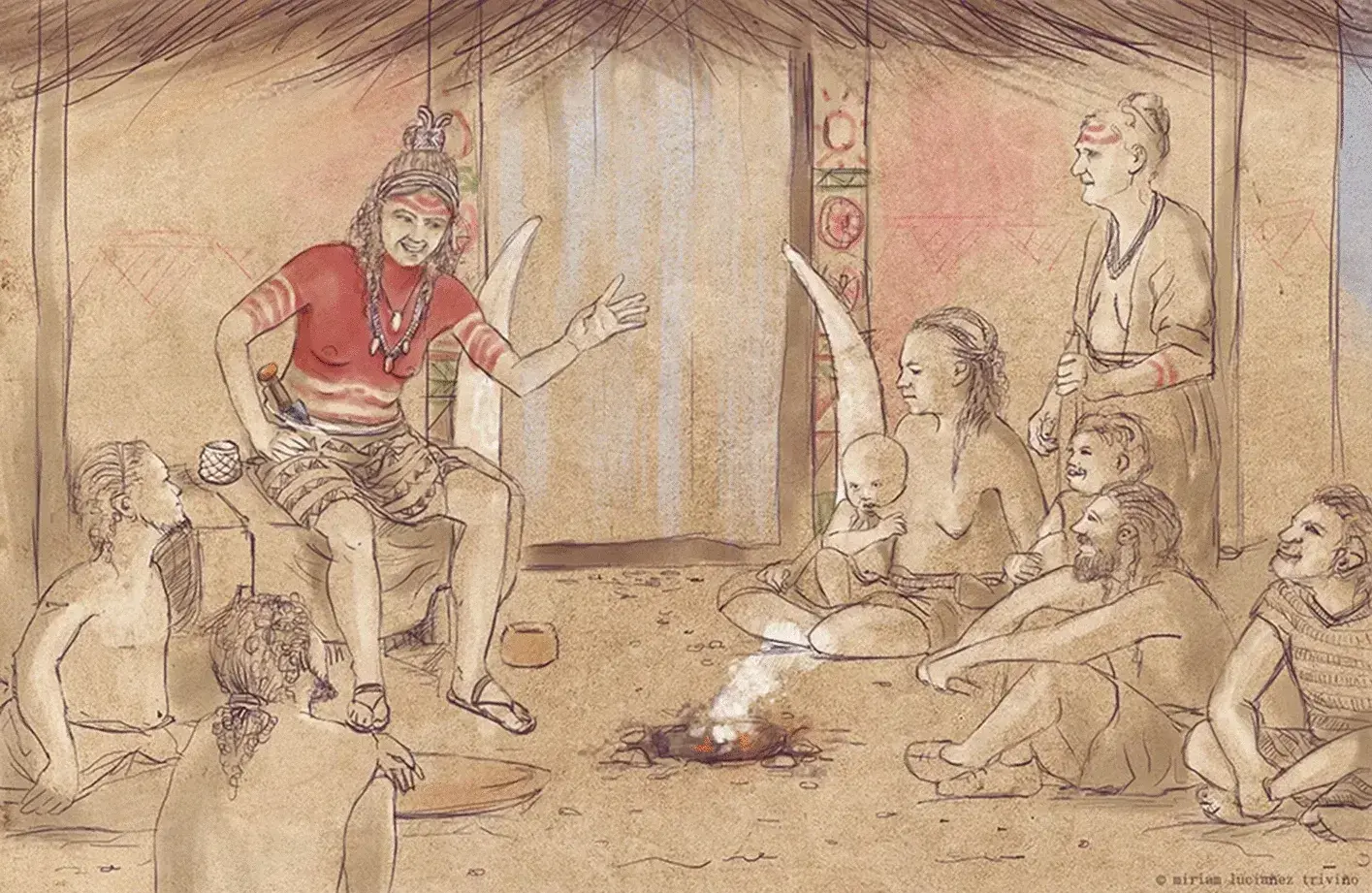The ‘Ivory Man’—a Powerful Leader Buried in a Lavish Tomb 5,000 Years Ago—Was Actually a Woman
The ‘Ivory Man’—a Powerful Leader Buried in a Lavish Tomb 5,000 Years Ago—Was Actually a Woman

Researchers in Spain had previously assumed that the grave belonged to a high-status young man

In 2008, archaeologists in Valencina, Spain, discovered a stunningly ornate tomb. The single-occupancy grave, a rarity in itself for the time, contained a treasure trove of valuables: a rock crystal dagger, high-quality flint, ostrich eggshells and ivory, including the tusk of an African elephant.
Dating to the Iberian Copper Age—some 5,000 years ago—it held an individual who likely died between the ages of 17 and 25. Assuming the tomb belonged to a wealthy, powerful leader, scientists called this individual the “Ivory Man.” But now, 15 years later, researchers have determined that the Ivory Man was actually an “Ivory Lady,” according to a study published Thursday in the journal Scientific Reports.
To reach this conclusion, researchers used a new technique that can identify an individual’s sex based on tooth enamel. This process can be more effective than DNA analysis when studying remains in especially poor condition.
This new research shows that women could hold high-status roles in Iberian society at the time—and that this particular woman may have even been the “highest-ranked person” during her lifetime, says study co-author Leonardo García Sanjuán, an archaeologist at the University of Seville in Spain, to Live Science’s Jennifer Nalewicki. He adds that the Ivory Lady’s wealth and social status were impressive even when compared against a database of approximately 2,000 Copper Age burials in the region.
“The Ivory Lady totally stands out, head and shoulders above the rest, either male or female,” he tells Science’s Celina Zhao.
Researchers think that the Ivory Lady may have been revered for several generations, reports CNN’s Katie Hunt. Other graves and artifacts around her tomb date to as late as 200 years after her death.
Additionally, one nearby tomb—the only “comparably lavish” grave in the area, according to a statement announcing the new study—contains the remains of at least 15 women, suggesting that other women held leadership positions and high status during this period. (...)
